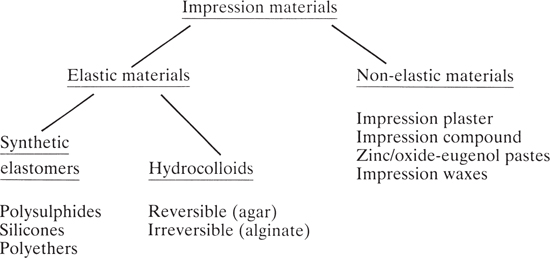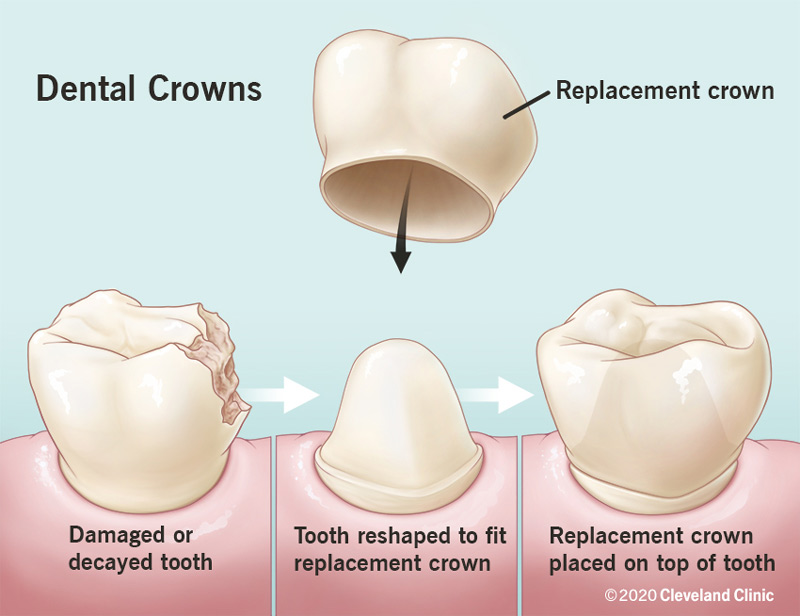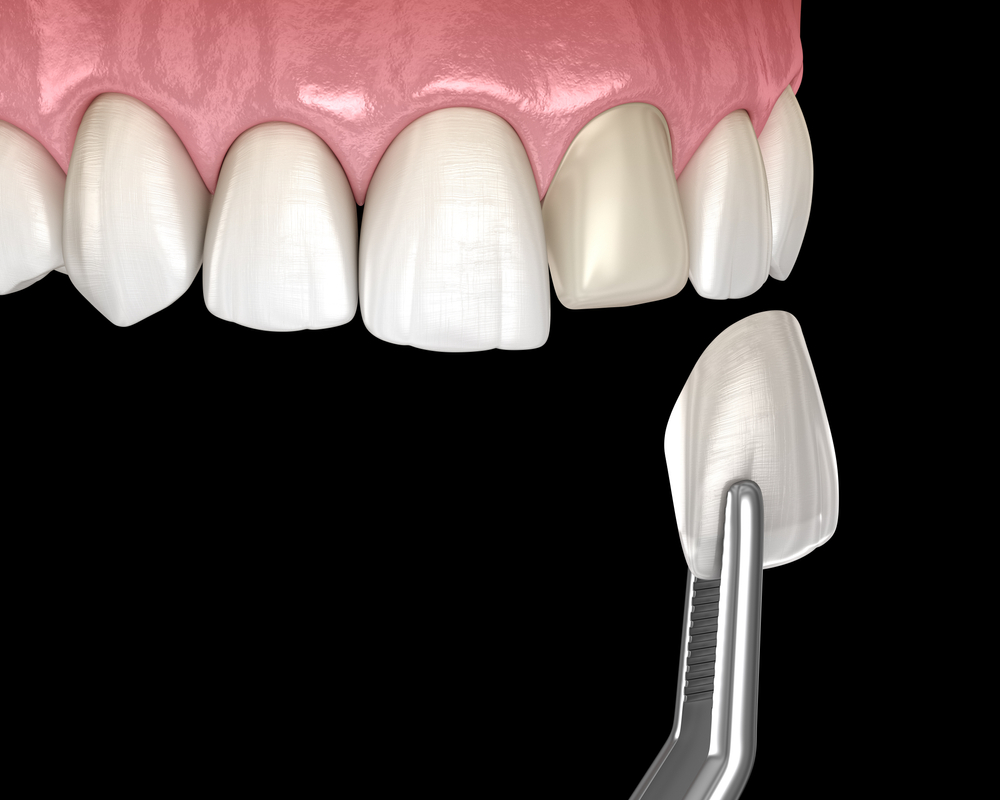Definition of Impression Materials

Impression materials in dentistry refers to substances used to create precise negative replicas of oral soft and hard tissues. These replicas, known as impressions, capture the detailed morphology of the patient’s mouth, including teeth, gums, and surrounding structures. Impressions serve as crucial tools in dentistry, providing a foundation for the fabrication of dental prostheses, restorations, and other dental appliances.
Illustration of Impressions in Dentistry
 An impression captures the unique anatomy of a patient’s oral cavity, allowing dental professionals to create accurate models and restorations tailored to their specific needs. The process involves applying impression materials to the oral tissues, which then set to form a detailed negative impression. This negative impression is subsequently used to produce a positive replica, enabling precise fabrication of dental devices.
An impression captures the unique anatomy of a patient’s oral cavity, allowing dental professionals to create accurate models and restorations tailored to their specific needs. The process involves applying impression materials to the oral tissues, which then set to form a detailed negative impression. This negative impression is subsequently used to produce a positive replica, enabling precise fabrication of dental devices.
Ideal Properties of an Impression Materials in Dentistry

For an impression material to be effective in recording accurate replicas of oral tissues, it should possess certain desirable properties. Ideally, an impression material should exhibit the following characteristics:
- Biocompatible: The material should be non-toxic, non-irritating, non-carcinogenic, and safe for use in the oral cavity to avoid adverse reactions in patients.
- Accuracy and Dimensional Stability: The material should accurately record fine details of the oral structures and maintain dimensional stability throughout the setting process and beyond.
- Flowability and Viscosity: It should have a balanced combination of flowability to adapt well to the impression area and viscosity to prevent excessive flow and ensure proper retention in the impression tray.
- Hygiene and Sterilizability: The material should be hygienic and capable of being sterilized without compromising surface detail or mechanical strength.
- Elasticity: It should possess adequate elasticity to allow for easy removal from undercuts without distortion of the impression.
- Tear Strength: The material should have good tear strength to resist tearing during removal from the mouth and handling.
- Compatibility with Model Materials: It should be compatible with various model materials used for pouring impressions to ensure accurate and stable casts.
- Odour and Taste: The material should have a pleasant odour and taste to enhance patient comfort during impression-taking procedures.
- Ease of Manipulation: It should be easy to manipulate, with appropriate working and setting times, and not require complex equipment for preparation and use.
- Affordability and Shelf Life: The material should be affordable for widespread use and have a long shelf life to minimize wastage and ensure availability when needed.
Classification of Impression Materials in Dentistry

Impression materials used in dentistry are classified based on their chemical composition, each type offering unique characteristics suited for specific clinical applications. Here are the main categories:
-
Elastomeric Impression Materials:
- These materials are highly accurate and elastic, making them suitable for capturing fine details of oral structures. They are further divided into:
- Polyvinyl Siloxane (PVS): Also known as addition silicones, PVS materials are versatile, stable, and have excellent dimensional accuracy.
- Polyether (PE): Polyether impression materials offer good wetting ability and dimensional stability, making them ideal for crown and bridge impressions.
- Polysulfide: Polysulfide materials are flexible and exhibit good tear strength, but they have a strong odor and require careful handling.
- Modified Silicone: These are silicone-based materials with modified properties, such as improved tear strength or reduced viscosity.
- These materials are highly accurate and elastic, making them suitable for capturing fine details of oral structures. They are further divided into:
-
Non-Elastomeric Impression Materials
:
- Non-elastomeric materials are less flexible than elastomers and are often used for simpler impressions. They include:
- Alginate: Alginate is a hydrocolloid material derived from seaweed. It is easy to use, cost-effective, and suitable for preliminary impressions.
- Zinc Oxide Eugenol (ZOE): ZOE impression materials have a paste-paste system that sets by an acid-base reaction. They are used for impressions of edentulous ridges and in cases where tissue management is critical.
- Impression Plaster: Plaster materials are rarely used today due to their low accuracy and poor dimensional stability. They are mainly used for very large impressions or as an alternative for primary impressions in some cases.
- Non-elastomeric materials are less flexible than elastomers and are often used for simpler impressions. They include:
-
Hydrocolloid Impression Materials
:
- Hydrocolloids are reversible and irreversible materials that change state with temperature. They include:
- Reversible Hydrocolloid (Agar): Agar hydrocolloid is reversible and can be melted and reused. It offers good accuracy but requires specific equipment for manipulation.
- Irreversible Hydrocolloid (Alginate): Alginate is the most commonly used irreversible hydrocolloid. It is easy to use, cost-effective, and suitable for preliminary impressions, but it has limited dimensional stability.
- Hydrocolloids are reversible and irreversible materials that change state with temperature. They include:
-
Other Classifictions:
- Classification Based on Consistency- Impression materials can also be classified based on their consistency before setting, into two main categories: mucostatic and mucocompressive (mucodisplasive).
-
Mucocompressive Impression Materials:
- These materials displace the tissues while recording the impression. They include:
- Impression Compound: This thermoplastic material is softened by heat and applied to the impression tray. When placed in the mouth, it becomes rigid and displaces the soft tissues.
- Putty Consistencies of Elastomeric Impression Materials: Elastomeric materials, such as polyvinyl siloxane (PVS) or polyether (PE), are available in putty form. They are mixed and manipulated to a putty-like consistency before being placed in the tray and used to compress the tissues during impression making.
- Impression Waxes: These materials, such as baseplate wax or inlay wax, are softened and adapted to the impression tray. They displace the tissues when placed in the mouth and allowed to set.
- These materials displace the tissues while recording the impression. They include:
-
- Classification Based on Consistency- Impression materials can also be classified based on their consistency before setting, into two main categories: mucostatic and mucocompressive (mucodisplasive).

-
-
-
Mucostatic Impression Materials
:
- These materials record the tissues in their position without significant displacement. They include all other impression materials:
- Elastomeric Impression Materials: Polyvinyl siloxane (PVS), polyether (PE), and polysulfide are examples of elastomeric materials that can be used in mucostatic impressions.
- Hydrocolloid Impression Materials: Alginate, both reversible and irreversible hydrocolloids, are commonly used in mucostatic impressions.
- Other Non-Elastomeric Materials: Materials like zinc oxide eugenol (ZOE) and impression plaster also fall under this category, capturing the tissues without excessive displacement.
- These materials record the tissues in their position without significant displacement. They include all other impression materials:
-
-
Functions of Impression Materials in Dentistry
Impression materials serve as a vital link between the dental clinic and the laboratory, facilitating the transfer of detailed patient records. The following restorations and appliances are made possible through the use of impressions created with impression materials:
- Primary or Preliminary Casts:
- These initial casts provide a basic representation of the patient’s oral structures. They are used for diagnostic purposes and treatment planning.

- Study Models:
- Study models are detailed replicas of the patient’s dentition and surrounding tissues. They are used for analysis, diagnosis, and patient education.
- Master Casts for Fabrication of:
- Dentures: Full or partial dentures are fabricated to replace missing teeth and restore oral function and aesthetics.

-
- Crowns: Crowns are used to strengthen weakened or damaged teeth by covering the entire visible surface.

-
- Bridges: Dental bridges replace missing teeth by spanning the gap between natural teeth or implants.

-
- Veneers: Thin shells of porcelain or composite material are bonded to the front surfaces of teeth to improve aesthetics and cover imperfections.

-
- Implant Restorations: Crowns or bridges attached to dental implants replace missing teeth and integrate with the jawbone.
- Inlays and Onlays: These restorations are used to repair partially lost tooth structure, fitting within or covering the chewing surface of a tooth.
- Obturators: Prosthetic devices used to close defects or openings in the palate caused by surgery or congenital conditions.
- Orthodontic Appliances: Braces, aligners, and other appliances are fabricated based on impressions to correct malocclusions and align teeth.
